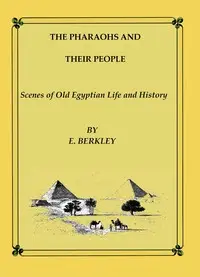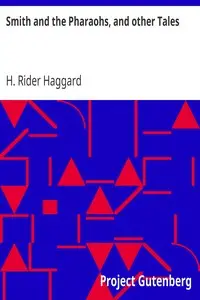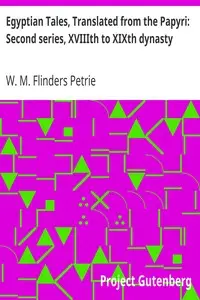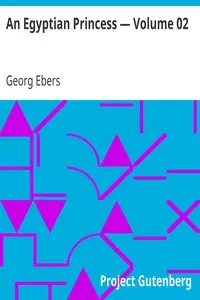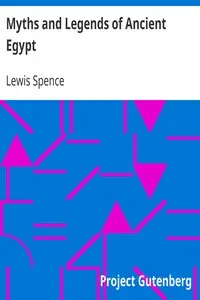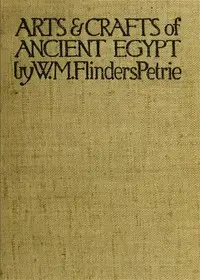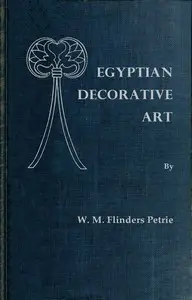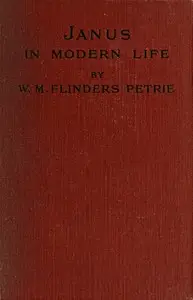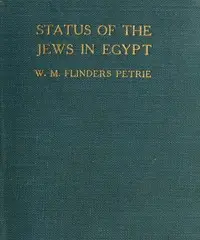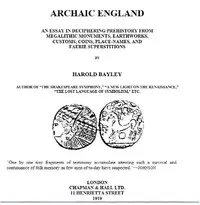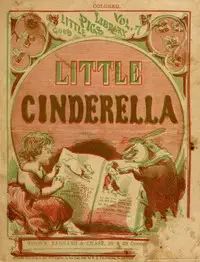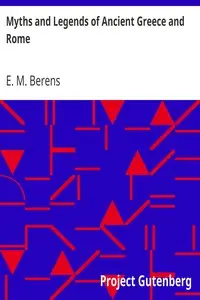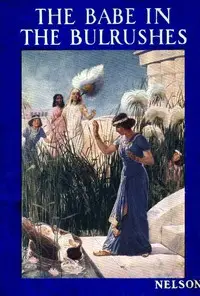"Egyptian Tales, Translated from the Papyri: First Series, IVth to XIIth Dynasty" by W. M. Flinders Petrie, presents a look into ancient Egyptian culture through a compilation of its age-old narratives. The collection, translated in the late 19th century, reveals that these stories embrace themes of enchantment, daring exploits, and intricate social relationships revealing the literary depth of ancient Egypt. It starts with a setting of King Khufu requesting accounts of past magicians from his sons and advisors. Prince Khafra then shares a story involving magic about a crocodile and a page, highlighting themes of faithfulness, dishonesty, and what happens if you are disloyal or lie. These accounts illustrate a mix of fantastical elements and social moral standards, giving modern readers a glimpse into the beliefs of that time, suggesting more captivating tales of human and supernatural events will follow.

Egyptian Tales, Translated from the Papyri: First series, IVth to XIIth dynasty
By W. M. Flinders (William Matthew Flinders) Petrie
In ancient Egypt, kings seek grand tales of magic and deception, unveiling stories of crocodiles, loyalty, and the consequences of dishonesty.
Summary
About the AuthorSir William Matthew Flinders Petrie, commonly known as simply Sir Flinders Petrie, was a British Egyptologist and a pioneer of systematic methodology in archaeology and the preservation of artefacts. He held the first chair of Egyptology in the United Kingdom, and excavated many of the most important archaeological sites in Egypt in conjunction with his wife, Hilda Urlin. Some consider his most famous discovery to be that of the Merneptah Stele, an opinion with which Petrie himself concurred. Undoubtedly at least as important is his 1905 discovery and correct identification of the character of the Proto-Sinaitic script, the ancestor of almost all alphabetic scripts.
Sir William Matthew Flinders Petrie, commonly known as simply Sir Flinders Petrie, was a British Egyptologist and a pioneer of systematic methodology in archaeology and the preservation of artefacts. He held the first chair of Egyptology in the United Kingdom, and excavated many of the most important archaeological sites in Egypt in conjunction with his wife, Hilda Urlin. Some consider his most famous discovery to be that of the Merneptah Stele, an opinion with which Petrie himself concurred. Undoubtedly at least as important is his 1905 discovery and correct identification of the character of the Proto-Sinaitic script, the ancestor of almost all alphabetic scripts.

